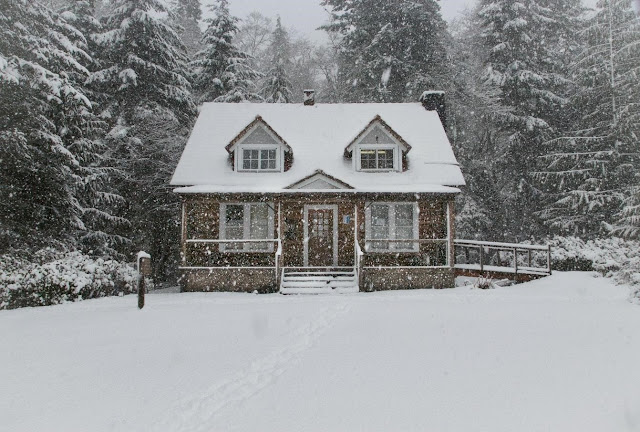Preventing and Thawing Frozen Pipes


Not only can cold weather put a damper on your
spirits but it can also bring about some unfortunate home challenges. Perhaps
one of the most inconvenient and damaging is frozen pipes. Frozen water in
pipes leads to a build-up of pressure, which can result in broken pipes and
consequential flooding,
and water damage.
Unfortunately, frozen and broken pipes are a
common occurrence during the winter months for those who live in cold
weather climates. The good news is that with a
little preparation, frozen pipes are preventable and – even if your
pipes do freeze – it’s simple enough to get them up and running again.
Why do your pipes freeze?
When the temperature drops below freezing, the
water running within your home is at risk of freezing. The
pipes most at risk for freezing are those that run through the unheated parts
of your home including the basement, attic and garage. The temperature
threshold to watch out for is 20
degrees Fahrenheit.
Why is it important to prevent frozen
pipes?
Aside from being inconvenient and costly to
repair, frozen pipes can also lead to flooding and subsequent water damage in
your home. That’s why it’s so important to take
preventative measures!
How to can
you tell if your pipes are frozen?
The easiest way to tell if your pipes are
frozen is by turning the faucet on. If you turn on the faucet and the water
either doesn’t come out or only drips out slowly, then it’s likely the pipe is
frozen. For pipes that are visible, such as under the sink, another indicator
of frozen pipes is frost accumulated on the outside of the pipe.
How can you prevent frozen pipes?
As you might imagine, the key to preventing frozen
pipes is to regulate your home’s temperature to keep your pipes warm. You could
also consider adding insulation and keeping your home at a warm, comfortable
temperature. While it’s tempting to keep
your home cool to save on
heating costs, doing so puts your home at risk for what could
potentially be thousands of dollars in damage should your pipes freeze and
burst.
Another tactic you can use to prevent against
frozen pipes is to leave your faucet dripping on especially frigid nights. Allowing
water to constantly run through the pipes will prevent against freezing. Keep
in mind that this is a temporary solution and should only be used on those
especially cold days.
To read more about preventing against frozen
pipes, click here.
What should you do if your pipes
freeze?
Even if you take preventative measures, there
is, unfortunately, no guarantee that you will escape frozen pipes this winter.
The good news is, there are a couple of steps you can take to get your pipes thawed.
Start by opening cabinet doors to
get warm air circulating around the pipes.
Use a hairdryer or heating pad to
warm the pipes.
If your pipes have already burst, call a
plumber immediately to mitigate the damage to your home.
To read more about thawing frozen pipes, click
here.
Whether you’re adding more insulation around
your home’s plumbing or re-visiting your homeowners policy, be sure that you’re
ready for whatever life throws your way.








